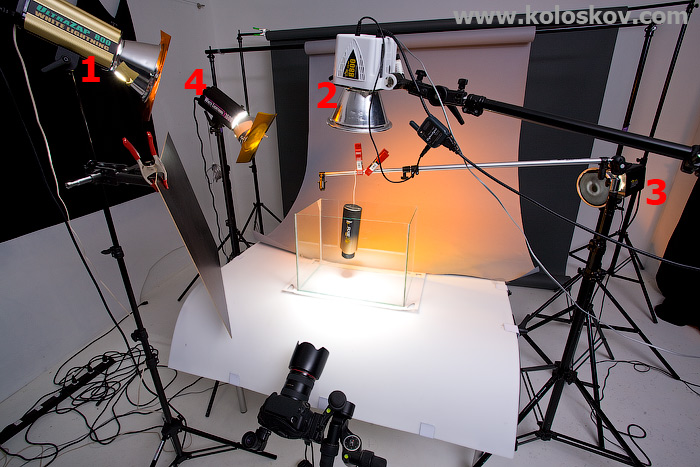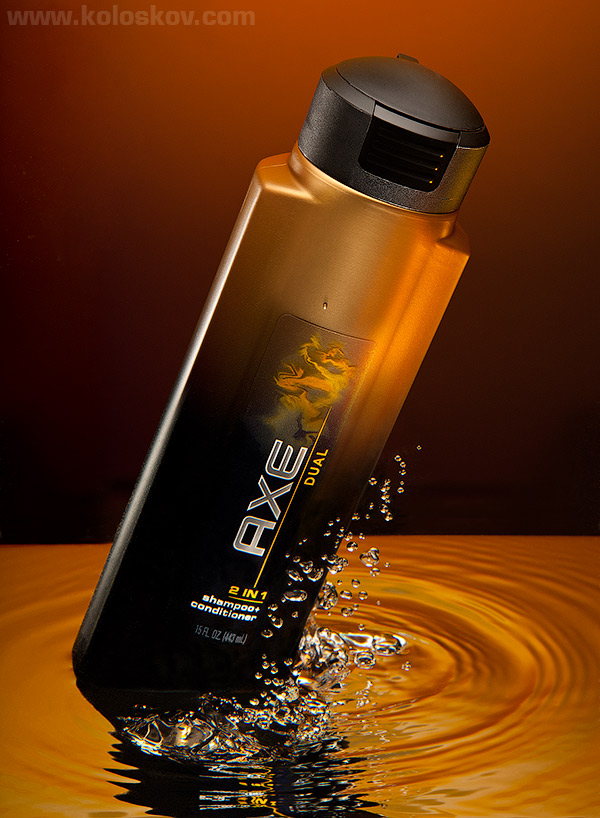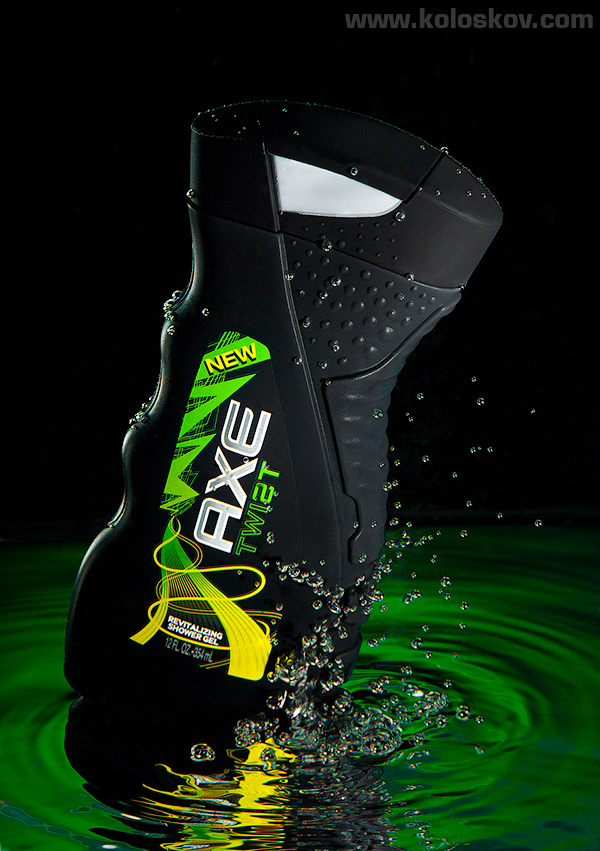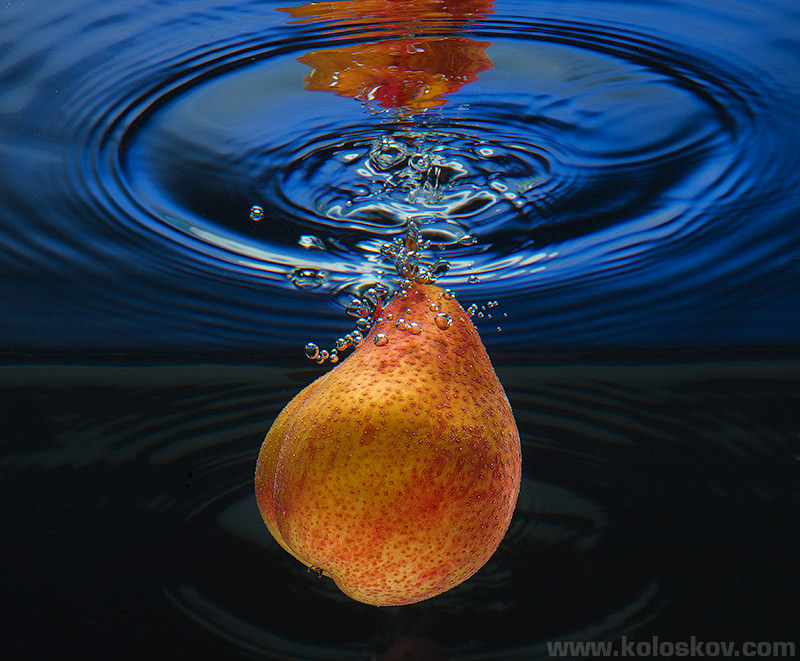Baked beans is a dish containing beans, sometimes baked but, despite the name, usually stewed, in a sauce. Most commercial canned baked beans are made from haricot beans, also known as navy beans – a variety of Phaseolus vulgaris in a sauce. In Ireland and the United Kingdom, a tomato and sugar sauce is most commonly used. They are commonly eaten on toast or as part of a full English breakfast.
In the United States there are multiple styles. Boston baked beans use a sauce prepared with molasses and salt pork, the popularity of which has led to the city being nicknamed "Beantown". Beans in a tomato and brown sugar, sugar or corn syrup sauce are a widely available type throughout the US. Maine and Quebec-style beans often use maple syrup. Canned baked beans are used as a convenience food, shortening cooking times for a meal, or may be eaten straight from the can, in camping or emergency settings, as they are pre-cooked. They are very popular and are often served with chips, waffles and other such goods.
This is a old newspaper from around when baked beans first came out, when people used to oven bake them.
This is a picture of a selection on Heinz and Branston, showing small and normal size tins

This is a picture of what multipack beans used to look like.

Most people love beans, so much that even chilrens books are made with baked beans being the main story behind it.

People do crazy things when it comes to beans, this man led in a bath tub of cold beans for hours to raise money for charity.

Even though Heinz being the most popular brand of baked beans with Branston being very close second, supermarkets and other companies still make what they call a bake bean. To some people they may not be as goo, but their price is a lot better so for others its more economic.
The beans used to make baked beans are all native to North America and were introduced to Italy in 1528 and to France by 1547.Beans, squash and maize were grown together by Native Americans and came to be known as the Three Sisters. The dish of baked beans is commonly described as having a savory-sweet flavor and a brownish or reddish tinted white bean once baked, stewed, canned or otherwise cooked. According to alternative traditions, sailors brought cassoulet from the south of France or northern France and the Channel Islands where bean stews were popular. Most probably, a number of regional bean recipes coalesced and cross-fertilised in North America and ultimately gave rise to the baked bean culinary tradition familiar today.

This is what the original Heinz baked beans slogan looked like.

This is Heinz baked beans slogan now.

There are many types of baked beans that Heinz have created, ones with 5 beans, ones with sausage, organic ones an now there is even ones with vegetarian sausages in.
While many recipes today are stewed, traditionally beans were slow baked in a ceramic or cast-iron beanpot. There's a tradition in Maine of "bean hole" cooking, which may have originated with the native Penobscot people and was later practiced in logging camps. A fire would be made in a stone-lined pit, allowed to burn down to hot coals and then a pot with eleven pounds of seasoned beans would be placed in the ashes, covered over with dirt and left to cook overnight or longer. These beans were a staple of Maine's logging camps, being served at every meal.
Canned beans, often with pork, were among the first convenience foods. Canned salt pork and beans with stewed tomatoes was supplied to the US Army during the American Civil War in the 1860s.The U.S. Food and Drug Administration stated in 1996 that "It has for years been recognized by consumers generally that the designation 'beans with pork,' or 'pork and beans' is the common or usual name for an article of commerce that contains very little pork."This is typically a piece of salt pork to add fat to the dish.
After reading about baked beans I then decided to try taking a few pictures of my own at home.
Week 1 - I have to take a photograph of a branded tin of beans and some supermarket own brand beans. I took the photographs in my kitchen with white paper under and behind the beans, i was using floresent lighting, this is under unit lighting. I covered part of the light above the beans with some card as there was too much light on the can.
I used my 18-55mm lens, 1/3, F5, no flash, ISO 100.
I did edit them slightly, but i didnt want to edit them too much as this shot is to maybe show what they would look like in a corner shop.
Week 2 - Today we went through everyones pictures that they had taken of their tins of baked beans and once we had looked at them all we went through to the studio so Andy could show us better ways of taking a photograph of a commercial object, like a tin of beans.
Andy talked to us about what kind of everyday items we can use to create a different effect on the commercial product that you are photographing on a studio table.
To start off with he took a photograph with a mirror to create a bit of illumination on the front of the can.
Then Andy got someone to hold a black piece of card infront of the light to show us what effect it has on the alluminium top of the tin. It makes it look darker and less illuminated which isnt as good of an effect.
We then put a reflector right inront of the table facing the baked beans, the big mirror on the right hand side of the tin and a smaller compact mirror on the left side of the tin.
This is showing Andy looking at the final image that he took with all the reflectors an mirrors facing the baked bean tin.
These are the photographs I got by doing the same as what Andy showed us -
My camera's setting where, F11, 1/125, ISO 100 and white balance was set to flash.
This is the result of just having the studio light on the tin
This is the result of having the light and a mirror on the right side o the tin, causing more illumination.
This is the result of the light, the mirror on the right hand side and a reflector at the front.
This is the result of the studio light, mirror on right hand side, reflector at the front, with the mirrors angled slightly diferent.
This is the result from using a studio light, mirror on right hand side, reflector at the front and a smaller mirror at the left hand side. As you can see the tin looks nicely illuminated, it makes everything on the lable look more edible and the top of the tin looks beautiful.
I then did some research into how much actually goes into getting a perfect commercial photograph. How many lights that could be use, is it a demanding job, what kind of outcomes the client will be expecting and what kind of money is involved.

There are 7 lights facing this studio table, they need more lights to get a perfect photograph of food as the light has to look at natural at possible.

This is the sort of setup you expect to see or use when photographing something like makeup brushes,


This is the light set up used to get just 1 image, many people will think that after you have set it up all you have to do is take a picture and the task is complete but that isnt the case, it can take hour just to get the perfect image you are wanting.

This is the image they choose to use from that shoot, it says in the description that it took them over 2 hours to get this as they wanted a needed the water and the light to be exactly right, the ripples have to be right, the lighting has to be shinning on the droplets correctly, they did edit this image slightly after they had finished just to give it a bit more of an edge.
This company has done many other photo shoots including an object with water,


Commercial photography is probably best defined as any photography for which the photographer is paid for images rather than works of art. In this light, money could be paid for the subject of the photograph or the photograph itself. Wholesale, retail, and professional uses of photography would fall under this definition. The commercial photographic world could include:
- Advertising photography: photographs made to illustrate and usually sell a service or product. These images, such as packshots, are generally done with an advertising agency, design firm or with an in-house corporate design team.
- Fashion and glamour photography usually incorporates models and is a form of advertising photography. Fashion photography, like the work featured in Harper's Bazaar, emphasizes clothes and other products; glamour emphasizes the model and body form. Glamour photography is popular in advertising and men's magazines. Models in glamour photography sometimes work nude.
- Crime scene photography consists of photographing scenes of crime such as robberies and murders. A black and white camera or an infrared camera may be used to capture specific details.
- Still life photography usually depicts inanimate subject matter, typically commonplace objects which may be either natural or man-made. Still life is a broader category for food and some natural photography and can be used for advertising purposes.
- Food photography can be used for editorial, packaging or advertising use. Food photography is similar to still life photography, but requires some special skills.
- Editorial photography illustrates a story or idea within the context of a magazine. These are usually assigned by the magazine and encompass fashion and glamour photography features.
- Photojournalism can be considered a subset of editorial photography. Photographs made in this context are accepted as a documentation of a news story.
- Portrait and wedding photography: photographs made and sold directly to the end user of the images.
- Landscape photography depicts locations.
- Wildlife photography demonstrates the life of animals.
- Paparazzi is a form of photojournalism in which the photographer captures candid images of athletes, celebrities, politicians, and other prominent people.
The market for photographic services demonstrates the aphorism "A picture is worth a thousand words", which has an interesting basis in the history of photography. Magazines and newspapers, companies putting up Web sites, advertising agencies and other groups pay for photography.
Many people take photographs for commercial purposes. Organizations with a budget and a need for photography have several options: they can employ a photographer directly, organize a public competition, or obtain rights to stock photographs. Photo stock can be procured through traditional stock giants, such as Getty Images or Corbis; smaller microstock agencies, such as Fotolia; or web marketplaces, such as Cutcaster.
This is just a few examples of what commercial photographers are charging these days -
Prices
Devmac commercial photography services operate UK wide and cover all types of photography including on location and studio. Our standard rates are as follows:
On location Day rate (up to 8 hours including travel) - £600
½ day rate (up to 5 hours including travel) - £350
Per Hour at £95
Evening event (up to 5 hours including travel) - £350
Travel is charged at 40p per mile from Burton on Trent. Flights, hotels and expenses (where required - mostly non UK commissions) are charged at cost.
The above rates include delivery of standard Photoshop processing and delivery digitally on disc in Tiff, Jpeg or PSD files as required.
For non standard Photoshop processing pricing will be subject to the requirements.
Product Studio
Up to 10 products - Initial set up at £95 and then each product at £25
Up to 50 products - £95 and then each product at £15.00
More than 50 products - £95 and then each product at £10.00
-----------------
Commercial Photography Rates
Please Note.
These are basic commercial fees and may vary according to the nature and complexity of the job and how the images will be used. Please contact me to discuss your requirements, terms and conditions.
Hourly rate £65.00 (for assignments of 2 hours or less)
Half day rate £220.00 (up to 4 hours on location)
Full day rate £360.00 (up to 8 hours on location)
Any additional time charged at hourly rate
Local mileage within Essex is free, after which it becomes chargeable at 35p per mile.
-------------
---------
Week 3 - this week we went in the studio and Andy showed us different light set ups, we got shown simple ways on how to light a bottle of perfume, illuminating ways to light it and boring ways. This all helped as it showed me how to place the lights to get great results.
At first we had a flash placed behind the studio table with a piece of black card placed at either side of the perfume bottle, as you can see its not a bad photo it could just do with a bit more light to create illumination down the side or the top of the bottle.
We then used a mirror to get a warmer glow, we also set our cameras white balance to kelvin to get a whiter more purer image.
We also placed a soft box with a flash on either side of the table to get a different effect.
I got this photograph with camera settings of, 1/125, F8, white balace - kelvin and ISO 100. We had a flash behind the table and 1 either side, a piece of tin foil on either side and a mirror at the front. I like this image a it refines the bottle and the perfume in the bottle looks more dominant.
Then we just experimented and just had a flash either side of the table and as you can see the bottle jusst looks flat and not very impressionable.
We then tested all the light setups on a tin of beans to see what results we could get.
I found this lesson very helpful, I wasnt too keen on using the studio as I wasnt very confident with the equipment, now i am more clued up with the equipment i find it more enjoyable and I want to learn more so I can use my knowledge to help me get images of my own products for my brief or even just to help me in the future.
-----------------
-->
Week 3 - Today we have to research into scamps for photography, this will help us with our brief as we have to create a scamp of our own and also we will be given one of a lady that is coming into talk to us, the information she is giving us will help us with our own scamps. When we create our own scamps on paper we have to do it to different aspect ratios, the shot that we are aiming for is beans but not in their tin, they are to be emptied out as a development from last week from the images of just the tin.
here are a few examples of scamps that other people have used:-
Scamps can come in various shapes and sizes, some can be very detailed and have every little bit of information that you can think off and others will have limited amount of detail and information which may mean they are letting you use you intuitive a bit more or they expect you to ring them to find out for details.
Here is a few examples of beans out of the tine, does it look for appealing with them out of their home or should they also be photographed still locked away?
I have drawn 2 ideas of what I could do for beans out of the tin and also a magazine spread as to what it might look like when spread across a double page magazine. I will be taking my photographs as home with simple lighting, possibly only using a higher ISO as i want them to look as natural as possible but yet still yummy enough to eat, i may have to redo my shot in the studio with flash but i will experiment to find out which way is best and which one a client would be happy with to use for magazines, billboards or even advertisements on Facebook.
We where given our brief which consists of advertising vintage clothing, we atarted to work in a group, this group was created by people who wanted to photograph vintage items, you could have choosen to do musician or fashion photography. I choose this one simply because it is the one that interests me the most, we could either use the studio or location, as a group we brainstormed a few ideas but I also had a few ideas of my own which I wanted to fulfil.
We took a few product shots in the studio using a spot light which we placed on the floor, we then placed the products on a woven bag to get more of a vintage/old effect.
I also took some product shots at a location as I wanted a different effect.
I then asked a model to come in to the studio at university and model the products which I purchased from a charity shop.
I then took some photographs of the model at a location.
I have put what I thought where the best ones in the portfolio.
-------------------------------------------------------------------------------------------------















































































No comments:
Post a Comment